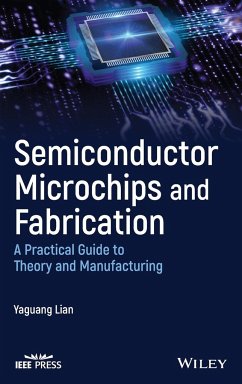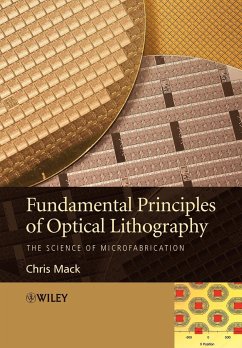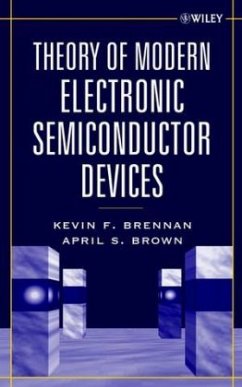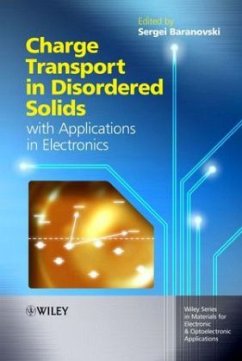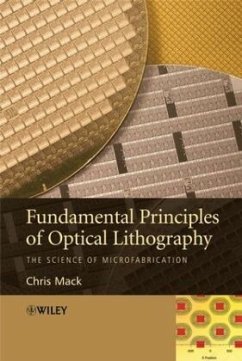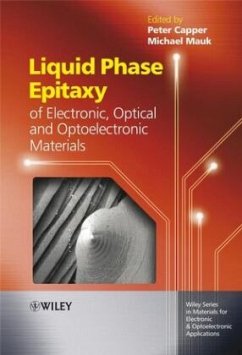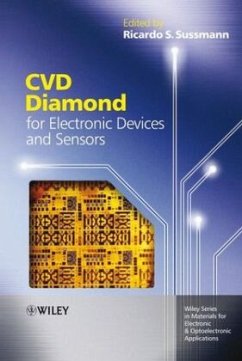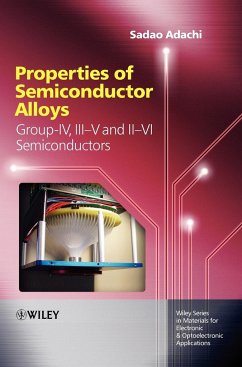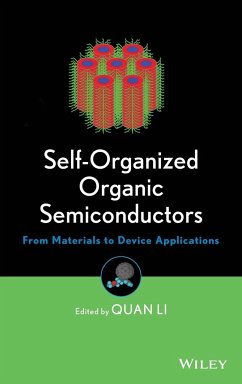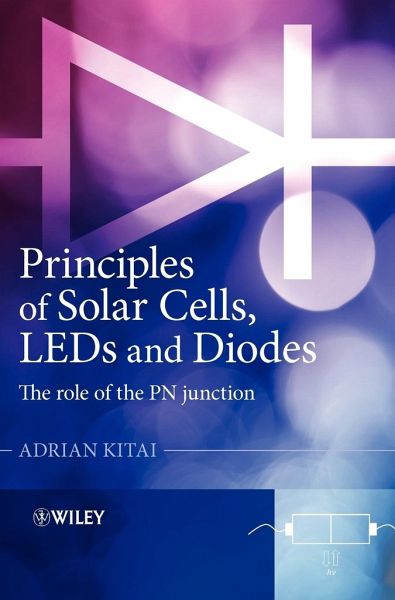
Principles of Solar Cells, LEDs

PAYBACK Punkte
93 °P sammeln!
The book will cover the two most important applications of semiconductor diodes - solar cells and LEDs - together with quantitative coverage of the physics of the PN junction at the senior undergraduate level. It will include: * Review of semiconductor physics * Introduction to PN diodes * The solar cell * Physics of efficient conversion of sunlight into electrical energy * Semiconductor solar cell materials and device physics * Advanced solar cell materials and devices * The light emitting diode * Physics of efficient conversion of electrical energy into light * Semiconductor light emitting d...
The book will cover the two most important applications of semiconductor diodes - solar cells and LEDs - together with quantitative coverage of the physics of the PN junction at the senior undergraduate level. It will include: * Review of semiconductor physics * Introduction to PN diodes * The solar cell * Physics of efficient conversion of sunlight into electrical energy * Semiconductor solar cell materials and device physics * Advanced solar cell materials and devices * The light emitting diode * Physics of efficient conversion of electrical energy into light * Semiconductor light emitting diode materials and device physics * Advanced light emitting diode materials and devices




